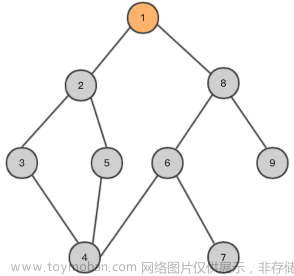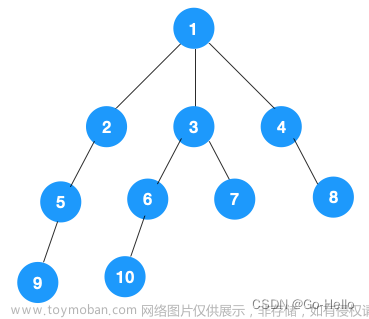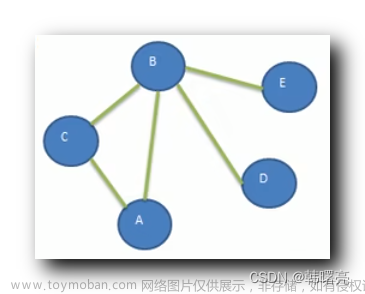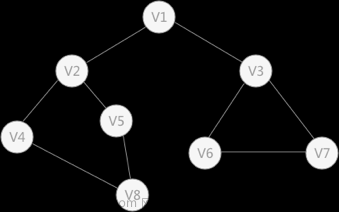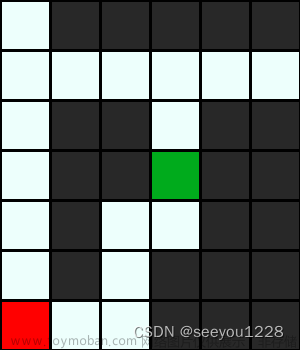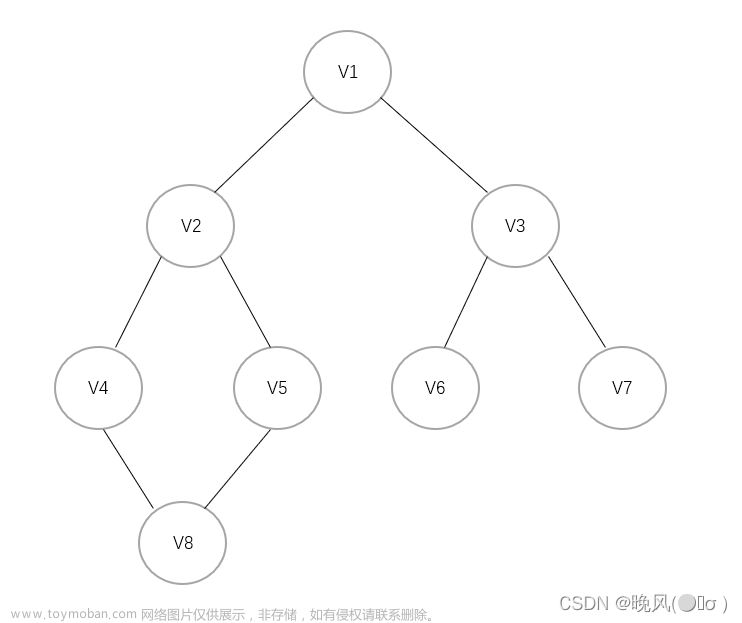题目描述:
给你一个由 ‘1’(陆地)和 ‘0’(水)组成的的二维网格,请你计算网格中岛屿的数量。
岛屿总是被水包围,并且每座岛屿只能由水平方向和/或竖直方向上相邻的陆地连接形成。
此外,你可以假设该网格的四条边均被水包围。
示例 1:
输入:grid = [
[“1”,“1”,“1”,“1”,“0”],
[“1”,“1”,“0”,“1”,“0”],
[“1”,“1”,“0”,“0”,“0”],
[“0”,“0”,“0”,“0”,“0”]
]
输出:1
示例 2:
输入:grid = [
[“1”,“1”,“0”,“0”,“0”],
[“1”,“1”,“0”,“0”,“0”],
[“0”,“0”,“1”,“0”,“0”],
[“0”,“0”,“0”,“1”,“1”]
]
输出:3
提示:
m == grid.length
n == grid[i].length
1 <= m, n <= 300
grid[i][j] 的值为 ‘0’ 或 ‘1’
解题思路一:bfs,主要思想都是遇到一个没有visited过的"陆地"先result += 1,然后用深搜或者广搜将这片"陆地"全部做上visited标记。
class Solution:
def __init__(self):
self.dirs = [(-1,0), (0, 1), (1, 0), (0, -1)] # 左上右下
def numIslands(self, grid: List[List[str]]) -> int:
m, n = len(grid), len(grid[0])
visited = [[False] * n for _ in range(m)]
result = 0
for i in range(m):
for j in range(n):
if not visited[i][j] and grid[i][j] == '1':
result += 1
self.bfs(grid, i, j, visited)
return result
def bfs(self, grid, x, y, visited):
q = deque()
q.append((x, y))
visited[x][y] = True
while q:
x, y = q.popleft()
for d in self.dirs:
nextx = x + d[0]
nexty = y + d[1]
if nextx < 0 or nextx >= len(grid) or nexty < 0 or nexty >= len(grid[0]):
continue
if not visited[nextx][nexty] and grid[nextx][nexty] == '1':
q.append((nextx, nexty))
visited[nextx][nexty] = True
时间复杂度:O(nm)
空间复杂度:O(nm)
解题思路二:dfs
class Solution:
def numIslands(self, grid: List[List[str]]) -> int:
m, n = len(grid), len(grid[0])
visited = [[False] * n for _ in range(m)]
dirs = [(-1,0), (0, 1), (1, 0), (0, -1)] # 左上右下
result = 0
def dfs(x, y):
for d in dirs:
nextx = x + d[0]
nexty = y + d[1]
if nextx < 0 or nextx >= m or nexty < 0 or nexty >= n:
continue
if not visited[nextx][nexty] and grid[nextx][nexty] == '1':
visited[nextx][nexty] = True
dfs(nextx, nexty)
for i in range(m):
for j in range(n):
if not visited[i][j] and grid[i][j] == '1':
visited[i][j] = True
result += 1
dfs(i, j)
return result
时间复杂度:O(nm)
空间复杂度:O(nm)文章来源:https://www.toymoban.com/news/detail-850979.html
解题思路三:并查集
class Solution:
def numIslands(self, grid: List[List[str]]) -> int:
f = {}
def find(x):
f.setdefault(x, x)
if f[x] != x:
f[x] = find(f[x])
return f[x]
def union(x, y):
f[find(x)] = find(y)
if not grid: return 0
row = len(grid)
col = len(grid[0])
for i in range(row):
for j in range(col):
if grid[i][j] == "1":
for x, y in [[-1, 0], [0, -1]]:
tmp_i = i + x
tmp_j = j + y
if 0 <= tmp_i < row and 0 <= tmp_j < col and grid[tmp_i][tmp_j] == "1":
union(tmp_i * row + tmp_j, i * row + j)
# print(f)
res = set()
for i in range(row):
for j in range(col):
if grid[i][j] == "1":
res.add(find((i * row + j)))
return len(res)
时间复杂度:O(mn)
空间复杂度:O(nm)文章来源地址https://www.toymoban.com/news/detail-850979.html
到了这里,关于LeetCode-200. 岛屿数量【深度优先搜索 广度优先搜索 并查集 数组 矩阵】的文章就介绍完了。如果您还想了解更多内容,请在右上角搜索TOY模板网以前的文章或继续浏览下面的相关文章,希望大家以后多多支持TOY模板网!


